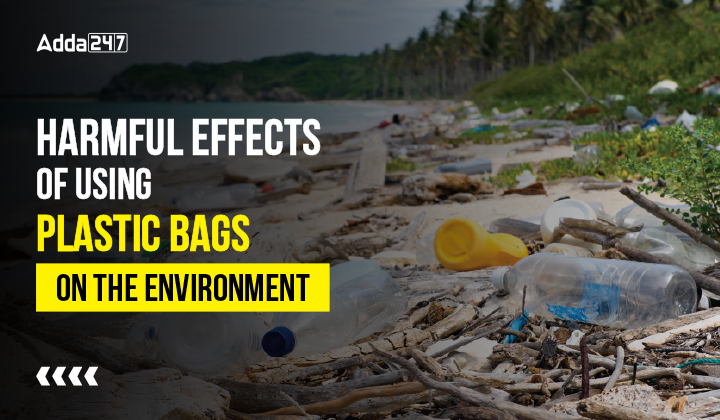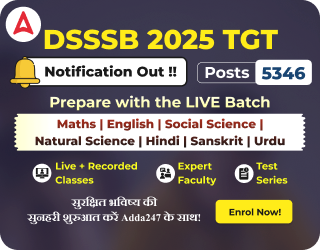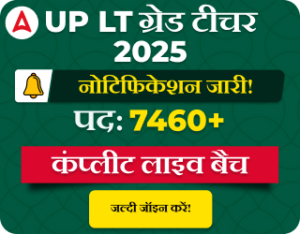Table of Contents
Plastic emerged as a cheaper material for making different things like furniture, articles and other technical instruments. It has benefits but they are really less in comparison to its disadvantages. It is actually polluting our planet and choking our ocean, impairing human health, and causing harm to ecosystems which are vital for our livelihoods. The United Nations Environment Programme is raising the alarm about the severity of the global plastics crisis. In this article, we will discuss plastic and its harmful effects on the environment in detail.
Introduction
Pollution is not an independent issue that emerges on its own. There are several factors responsible for this grave problem. Plastic is also a major cause behind it. This non-biodegradable substance takes hundreds of years to decompose. This causes the environment a great loss in numerous aspects. It is polluting oceans, affecting biodiversity, and degrading human health. But it is our throwaway culture that has allowed this to happen. There is a need to make people aware of this grave issue to save our environment.
What is Plastic?
Plastic in simple words refers to synthetic or semi-synthetic materials made up of polymers. These polymers consist of a chain of monomers, that can be formed and moulded under heat and pressure.
These can be moulded, extruded or pressed into solid objects of various shapes and sizes. It has now become an integral part of our daily life.
Its chemical name is Polyethylene, whose monomer is ethylene. The generalised chemical formula of plastic is (C2H4)n.
Origin of Plastic
The first manufactured plastic, which was a cheap and colourful substitute for ivory or tortoiseshell was first invented by Birmingham-born artisan-cum-chemist Alexander Parkes. He patented this new material in 1862 as Parkesine. Then the production of this synthetic plastic was commercialised in the 20th century by Belgian chemist Leo Baekeland pioneered the first fully synthetic plastic in 1907.
What is Plastic Pollution?
Accumulation of plastic objects in our environment in major and minor forms that impacts life on earth adversely is called plastic pollution. Especially, microplastics are now ubiquitous in our natural environment. They are becoming part of the Earth’s fossil record. Production of plastic in manageable quantity does not pose any threat to the environment but now on average, we produce about 400 million tons of plastic waste every year. This huge amount of plastic beyond the manageable quantity is called plastic pollution.
Harmful Effects of Using Plastic Bags on the Environment
Plastic results in several problems. Its properties themselves make this, material a big source of pollution for the environment. The major harmful effects of plastics are given below
- The breeding ground of insects and mosquitoes: Unsound and bad disposal of plastic results in the emergence of unhygienic conditions. They result in the growth of harmful and disease-causing insects and mosquitoes.
- Problem for rearing animals: Improper disposal of plastic bags here and there makes a massive problem for rearing animals like cattle. Sometimes they eat plastic bags along with the food item resulting in stomach and intestinal diseases.
- Reduces soil fertility: Plastics take hundreds and thousands of years to get decomposed and can stay in the soil for a long period resulting in contamination of soil. This contamination ultimately reduces the fertility of soil to a great extent.
- Sewage blockage: When plastic articles enter the drainage and sewerage system, they block the pipes and the drains causing a big problem of waterlogging.
- Pollutes marine life: by entering into water bodies like rivers and seas, these plastics and microplastics get swallowed by fish, seabirds, and other marine species leading to their suffocation and extinction.
- Poisons food items: Packing food items in plastics that are not of standard quality makes that food item unfit for consumption. This ultimately leads to food poisoning and can cause cancer.
- Cause of the Great Pacific Garbage Patch: Plastic bags have contributed significantly to a massive pile of plastic debris found in the North Pacific Ocean. The garbage pile, which is nearly double the size of Hawaii, is known as the Great Pacific Garbage.
- Chemicals in Plastic bags can affect reproduction in women: Certain chemicals like BPA used in the manufacturing of plastic bags act in the same way as oestrogen. In the long run, these chemicals may interfere with hormonal balance in women and affect reproduction.
- Pollution of groundwater: The plastic bags dumped under the ground release chemicals that seep into the groundwater reservoirs. These detrimental effects of plastics would be passed through the ground to our bodies through the vegetation we consume and the water we drink.
- Wastage of water in the manufacturing of plastic bags: Plastic bags don’t only pollute our water sources, but take a lot of water from these sources during their production. You’ll need about 22 gallons of water to produce one pound of plastic. There’s no need to waste so much water manufacturing harmful plastics.
Systemic Change is Needed to Stop the Flow of Plastic Waste
Of the seven billion tonnes of plastic waste generated globally so far, less than 10 per cent has been recycled. Millions of tonnes of plastic waste are lost to the environment via dumping or by burning.
In order to curb this menace there is a need for proper disposal and usage of plastic. There is a need to systematically change the attitude of society by educating them about the ill effects of plastic bags. A set of regulations should necessarily be followed to stop and check this problem.
Tips to Avoid Plastic Waste
Here are some tips to sort out this issue. The implementation of these measures with systematically restrict the flow of plastic waste and helps us avoid contamination of environment with plastic waste.
- Clean a Beach/ river: If you live near a coastline or river, join the activities of beach or river clean-ups in your area. You can take your family along on a beach walk and start your own clean-up.
- Shop Sustainably: While shopping, choose food with no plastic packaging, carry a reusable bag, and refill containers to lessen the plastic waste and its effect on the environment.
- Start with Zero-Waste Lifestyle: Invest in sustainable, ocean-friendly products- reusable coffee mugs, water bottles and food wraps. Consider options that are sustainable like bamboo toothbrushes and shampoo bars etc. These will help you save money and the environment too.
Hence, by adopting these measures you can individually contribute for the benefit of the environment.
Conclusion
In a nutshell, the world is realising the depth of the problem. Governments, industry and other stakeholders are starting to act. We have seen a lot of positive action, but still, there is a need to do more to turn off the tap on plastic pollution at the source. This menace can only be tackled by the collective efforts of the society at large. When we decide to reduce the usage of plastic, especially single-use plastic then only a change can happen.



 Punjab Special Educator Exam Date 2025 O...
Punjab Special Educator Exam Date 2025 O...
 GSET Syllabus 2025 & Exam Pattern, D...
GSET Syllabus 2025 & Exam Pattern, D...
 TN TRB Assistant Professor Hall Ticket 2...
TN TRB Assistant Professor Hall Ticket 2...















